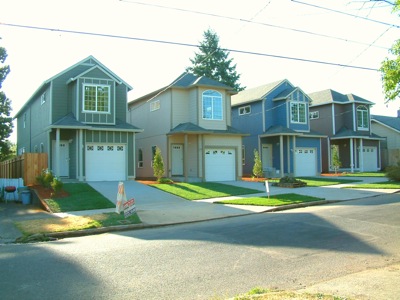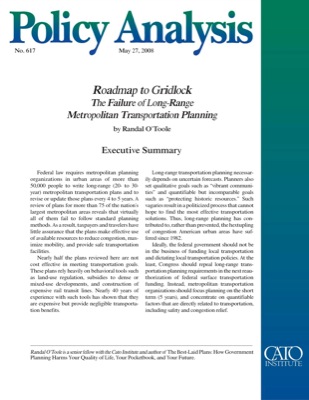Smart Growth has proven so popular that it is time to talk about the next step, which I call Brilliantly Smart Growth. If housing people in mid-rise, mixed-use developments can measurably reduce their daily miles of driving and carbon footprints, just think what higher densities will do.
The median density of America’s urban areas is less than 2,000 people per square mile, while the average density is 2,700 people per square mile. The densest urban areas have more than 6,000 people per square mile. As the Antiplanner has previously noted, increasing densities by 1,000 people per square mile seems to reduce per capita driving by, at most, 395 miles.
We drive an average of 10,000 per capita, which suggests that densities of around 30,000 people per square mile might eliminate driving. But Manhattan, Brooklyn, the Bronx, and several cities in New Jersey are that dense and people in those communities still drive, so even higher densities are needed to completely eliminate driving.
The Sierra Club once opined that the “optimal urban density” is 500 households per acre. At an average of 2.4 people per household, this equals 1,200 people per acre or 768,000 people per square mile.
Continue reading →











